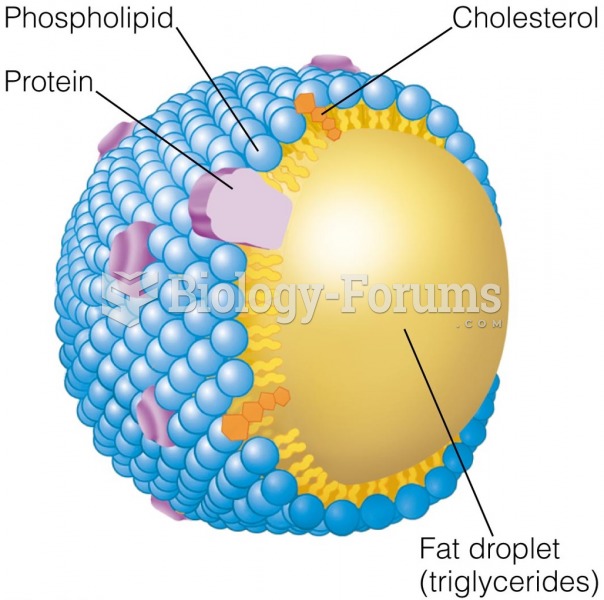Answer to Question 1
FALSE
Answer to Question 2
This country has a dual court system: one national federal court system and 50 state courts systems plus the system of the District of Columbia
1 .The U.S. Supreme Court is the highest and one of the oldest courts in the nation, formed in 1790 . It is composed of nine justices: one chief justice and eight associate justices. Like other federal judges appointed under Article III of the Constitution, they are nominated to their post by the president and confirmed by the Senate, and they serve for life. The Court does not meet continuously in formal sessions during its nine-month term. Instead, the Court divides its time into four separate but related activities. First, time is allocated for reading through the thousands of petitions for review of cases that come annually to the Courtusually during the summer and when the Court is not sitting to hear cases. Second, the Court allocates blocks of time for oral argumentsthe live discussion in which lawyers for both sides present their clients' positions to the justices. During the weeks of oral arguments the Court sets aside its third allotment of time, for private discussions of how each justice will vote on the cases they have just heard. Time is also allowed for the justices to discuss which additional cases to hear. These private discussions are usually held on Wednesday afternoons and Fridays during the weeks of oral arguments. The justices set aside a fourth block of time to work on writing their opinions.
2 .The courts of appeals are the intermediate courts of appeals for the federal and state court systems. A court of appeals hears appeals from the district courts located within its circuit, as well as appeals from decisions of federal administrative agencies. In deciding cases, the courts of appeals may use rotating three-judge panels. Or, by majority vote, all the judges in the circuit may sit together to decide a case or reconsider a panel's decision. Congress created 94 U.S. district courts, of which 89 are located within the 50 states. There is at least one district court in each state. The president nominates district judges, who must then be confirmed by the Senate; they then serve for life unless removed for cause. In the federal system, the U.S. district courts are the federal trial courts of original all major violations of federal criminal law. District court judges are assisted by an elaborate supporting cast of clerks, secretaries, law clerks, court reporters, probations officers, pretrial services officers, and U.S. marshals. The larger districts also have a public defender. Another important actor at the district court level is the U.S. attorney; there is one U.S. attorney in each district.
3 . Courts of last resort are usually referred to as state supreme courts. The specific names differ from state to state, however, as do the number of judges. These courts do not use panels in making decisions; rather, the entire court sits to decide each case. All state supreme courts have a limited amount of original jurisdiction in dealing with such matters as disciplining lawyers and judges. State supreme courts handle 100 or so cases that present the most challenging legal issues arising in that state. Nowhere is the policymaking role of state supreme courts more apparent than in deciding death penalty cases. The state supreme courts are also the ultimate review board for matters involving interpretation of state law.
4 . To alleviate the caseload burden on courts of last resort, state officials in 39 states have responded by creating intermediate courts of appeals (ICAs). The ICAs must hear all properly filed appeals. The structure of the ICA varies; in most states these bodies hear both civil and criminal appeals; and like their federal counterparts, these courts typically use rotating three-judge panels. ICAs engage primarily in error corrections; they review trials to make sure that the law was followed; the overall standard is one of fairness. The ICAs represent the final stage of the process for most litigants.
5 .Trial courts of general jurisdiction are usually referred to as the major trial courts. There are an estimated 2,000 major trial courts in the 50 states and Washington, D.C. The most common names for these courts are district, circuit, and superior. State courts decide primarily street crimes. The more serious criminal violations are heard in the trial courts of general jurisdiction. State courts must also process a rising volume of drug-related offenses. It should also be noted that within the trial courts, a number of problem-solving or specialty courtshelping offenders with drug and mental health issues, as well as for military veterans experiencing problems have also become more common.
6 . At the lowest level of state courts are trial courts of limited jurisdiction, also known as inferior courts or lower courts. There are more than 13,500 trial courts of limited jurisdiction in the United States, staffed by about 18,000 judicial officers. The lower courts constitute 85 percent of all judicial bodies in the United States. Variously called district, justice, justice of the peace, city, magistrate or municipal courts the lower courts decide a restricted range of cases. These courts are created and maintained by city or county governments and therefore are not part of the state judiciary. The workload of the lower courts can be divided into felony criminal cases, non-felony criminal cases, and civil cases.







